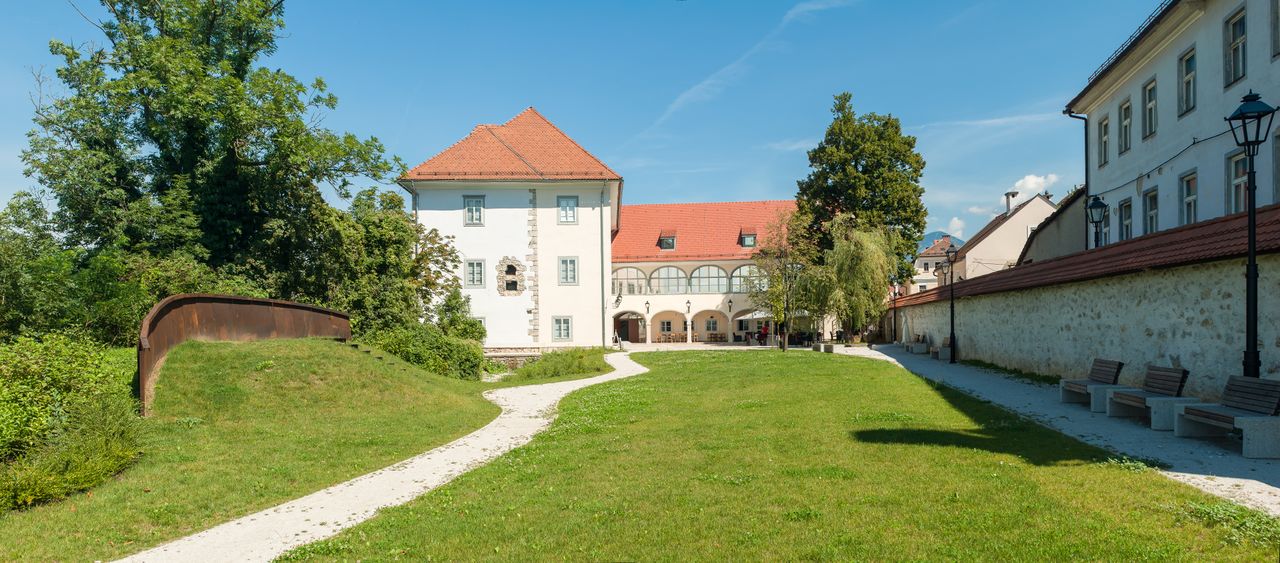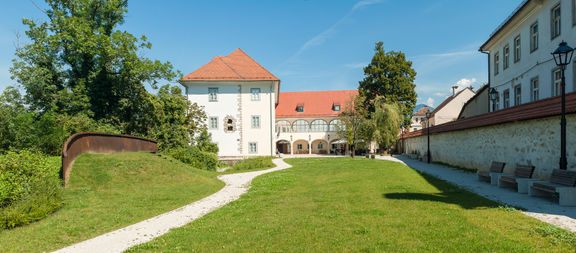Khislstein Castle
History
Janez Khisl from Fužine bought the castle in the 1570s and converted it into a residential manor that was named 'Khislstein' after him. The present-day appearance of the castle is the result of several rebuilding phases undertaken in the 16th and 17th centuries. In subsequent centuries it was owned successively by the Mosconni, Ravber, Apfaltrer and Auersperg families, and at the end of the 18th century by Natalis Pagliaruzzi whose successors kept the castle until 1913 when it became state property.
The castle has retained numerous high-quality architectural elements, among which the courtyard and the main portal of 1578 are outstanding. In the south western section of the castle is a 16th-century defence tower which displays all the characteristics of contemporary Italian fortification construction. The courtyard wing with its arcade is the result of reconstructions in the 18th and 19th centuries. The manor was renovated between 1985 and 1989.
Venue
The renovated Blue Hall on the first floor is used for lectures, literary and museum evenings and various other events, while the White Hall is used for occasional exhibitions in which young artists can present their work to the public. The courtyard is used for museum and other events, and the castle garden hosts occasional sculptural exhibitions. Museum workshops for children and pupils are held on the premises of Khislstein Castle or in its courtyard; many of these are conceived as programmes to accompany occasional exhibitions organised by the museum.
See also
External links
- Castle Khislstein on Gorenjska Museum website
- Beautiful Gorenjska, guide to the permanent exhibition
- Khislstein Castle on Wikipedia



